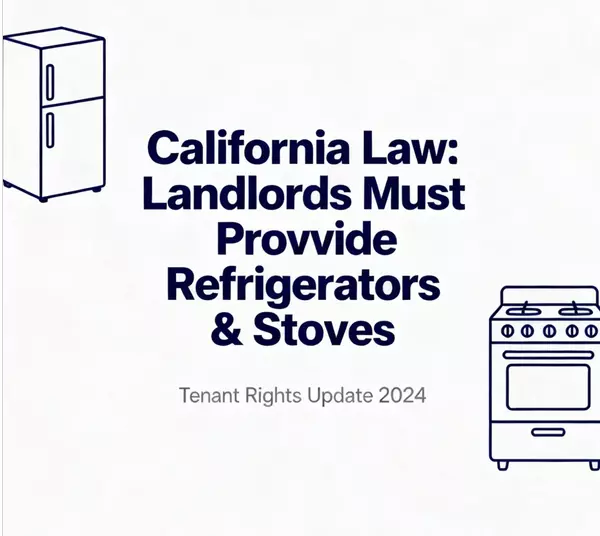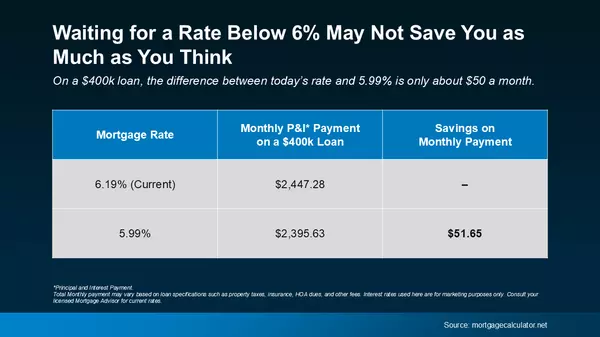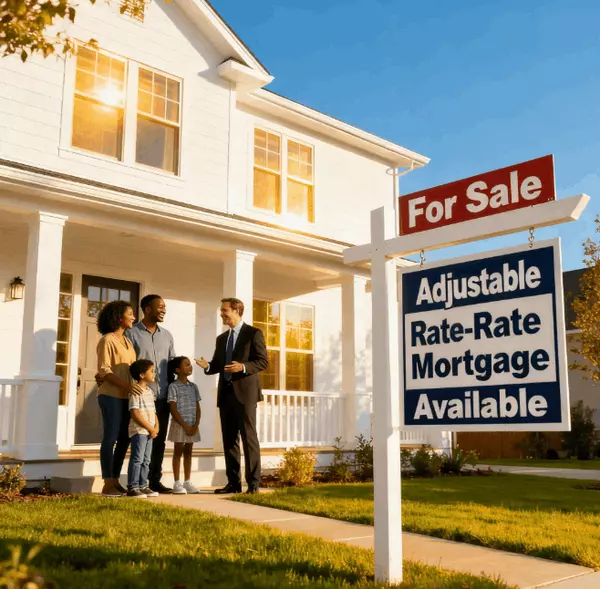6 Smart Reasons to Refinance Your Mortgage
6 Smart Reasons to Refinance Your Mortgage
Refinancing a mortgage isn’t just about landing a lower interest rate—sometimes it’s a strategic move that helps save money, access cash, or change your loan to better fit your life. Here are six situations when refinancing could be a smart financial decision

1. Interest Rates Drop Below Your Current Loan
If rates fall below what you’re paying now—even accounting for refinancing costs—it may be time to act. Lower rates can shrink your monthly payment and reduce total interest over the life of your loan. Always compare rates from several lenders, as advertised rates might differ from what you qualify for, especially for refinances
2. Your Credit Score Has Improved
A higher credit score can qualify you for a better interest rate and improved loan terms. Even a modest score boost could translate to thousands saved in interest. Extra tip: An improved credit score often means a lower debt-to-income ratio, which may unlock even lower rates
3. You Want to Change the Loan Term
Refinancing to a shorter term (like from 30 to 15 years) means paying off your mortgage faster and saving big on interest, though monthly payments will rise. Alternately, extending your term could lower your monthly payment, giving your budget some breathing room
4. You Need to Access Home Equity
With property values on the rise or an already paid-down balance, a cash-out refinance lets you turn home equity into cash. If today’s refinance rates are higher than your current mortgage rate, consider a home equity loan or line of credit instead
5. You Want to Eliminate Mortgage Insurance
Homeowners with FHA loans pay for mortgage insurance as part of their monthly payment. Refinancing into a conventional loan (once you have enough equity) can help eliminate that insurance premium. For conventional loans, PMI can usually be cancelled once you reach 20% equity
6. Switching Between Fixed and Adjustable-Rate Loans
If you currently have an adjustable-rate mortgage (ARM) and want stability as rates rise, refinancing into a fixed-rate can lock in your payments. Conversely, if you only plan on staying a few more years, refinancing to an ARM could mean lower introductory rates (if market conditions favor ARMs)
Special Programs for Government-Backed Loans
FHA, VA, and USDA loans offer streamlined refinancing options, meaning less paperwork and faster approvals. These special programs make refinancing easier for qualifying homeowners—be sure to consult a lender who specializes in these loans
What to Consider Before Refinancing
-
Timing matters: Some loans require a waiting period before refinancing. Ask your lender for specifics
-
Calculate your break-even point: Figure out how many months of new payment savings are needed to offset upfront costs. If moving before then, refinancing may not pay off
-
Assess your life circumstances: Make sure refinancing fits your long-term financial plans, job situation, and homeownership goals
Frequently Asked Questions
-
When is refinancing not worth it? If costs outweigh savings or you move before breaking even, refinancing may not be right
-
How many times can you refinance? As often as a lender approves, though some loans have a required waiting period
-
Downsides to refinancing? Closing costs, potential impact to your credit, and possibly longer debt repayment
-
Typical refinance costs? Usually 2%–6% of the loan amount
-
How do you know it’s worth refinancing? Divide total closing costs by monthly savings to find the break-even period. If you’ll be in the home that long, it may be worth it
Contact our team for a personalized review to see if refinancing now makes sense for your situation.
Categories
Recent Posts










GET MORE INFORMATION

